Shortly after, Alan began his Euro Book Trek to promote Salt & Seeds while exploring the myriad adaptations already taking root across Europe. This article is adapted from posts on his Substack, chronicling the adventure.
Leg 10: Quedlinburg & Thale Germany
After the challenge of Berlin, we needed the calm of the countryside. The trees, hills, and the slower-paced safety of smaller settlements. So, Cologne was scratched from the route, but the road still pulled us south into the land of Grimm’s fairytales. I have long been bewitched by those stories as a child, and now as an author, they call to me in a different way. I knew Harrison also needed something to take his mind off things, so it seemed right to head for mystery and magic.
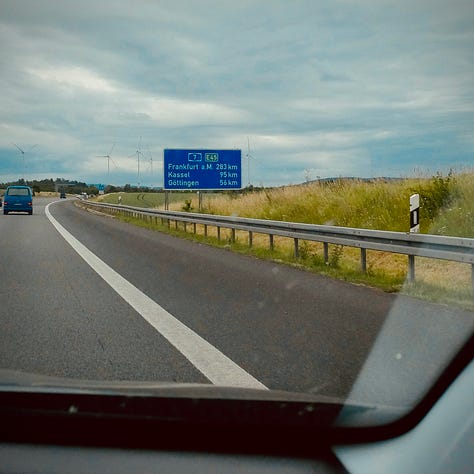
We stopped overnight in Göttingen, lucky to find a hotel on the outskirts with a 24-hour reception. They had a small family room going cheap, and even better, a pool where we could swim our stress away. It was the short pause we all needed.
Quedlinburg: Spires, Symbols & Spells
The next morning, we pressed on to Quedlinburg. Sara found us a lovely apartment, but before checking in, we wandered the ancient town. The medieval centre is one of the best preserved in Germany, with cobbled lanes, timbered houses leaning together like conspirators, and a market square that still hums with life. There was, of course, plenty of lovely dogs for me to photograph.


That evening, we ate outdoors at a small Thai place on the square. Around us, the town began to animate with its guides: one dressed as a jester, another as a monk with a pike-like staff, and a woman in medieval robes started arriving in the square. Tourists clustered around, ready for ghost stories and history walks.

Everywhere I looked were carvings and symbols, pentagrams carved above doors, protective marks etched into beams and eaves. Shops brimmed with models of witches, stickers, and figurines. I’d always thought the witch lore belonged to nearby Thale, but soon found out that Quedlinburg has its own rich and spooky heritage. Even Mister Punch had a strangely different look in his eye as I passed him in a secondhand shop.
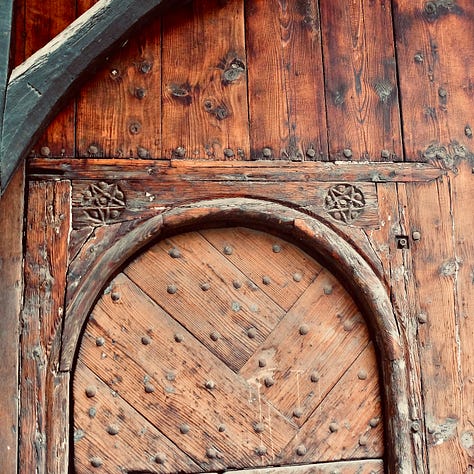
The darker side of that heritage is real enough. Quedlinburg was one of many towns on the Harz Witch Trail (the Harzer-Hexen-Stieg), a region haunted by witch trials between the 15th and 17th centuries. Women, and sometimes men, were accused of witchcraft and imprisoned, tortured, and burned, their “crime” often nothing more than knowledge of herbs, midwifery, or simply being outsiders. It’s important to remember them not as villains, but as healers and wise souls, caught in the machinery of fear and control.
Unlike me, Harrison has already grown out of Grimm’s tales and many of the things on offer in the shops here. But he was captivated when I showed him an article about vampire graves unearthed here; he lit up, as I knew he would. This was exactly the kind of eerie history that pulls him in. He likes it almost as much as I like dogs.


Quedlinburg was perfect: Sara found it beautiful, Harrison found it fascinating, and I felt its stories seeping into me. It’s author candy.
Thale: The Witches’ Dance Floor
The following day we drove to Thale. This is the meeting place for Europe’s witches, celebrated each year on Walpurgis Night (30 April), when folklore says witches from across the continent flew to the Brocken, the highest peak of the Harz Mountains. Goethe cemented the legend in Faust (1808), where his hero witnesses the Walpurgis revels on the mountaintop.
Thale’s Hexentanzplatz (the Witches’ Dance Floor) sits on a plateau above the valley. We drove up to the summit (the family weren’t keen on the cable car), and walked through to the wide stone expanse. The view was striking, the atmosphere heavy with history. The site has long been a place of myth: once a pagan centre, later a place where Christianity and folklore clashed, and now a blend of kitsch theme park and sacred remembrance.

There were statues of demons and witches, souvenir stalls, and tourists snapping photos, but behind the spectacle lies the memory of real persecution. To some, the site is playful. To others, it is a place of honouring, a recognition of how women with knowledge of the natural world were once vilified. Standing there, I felt the pull of both: the childlike thrill of spooky tales, and the adult awareness that stories can both reveal and distort the truth.
This land is heavy with stories. The Brothers Grimm collected many of their fairytales in the Harz region, weaving local folklore into tales that endure worldwide. Goethe found his witches’ stage here, while Romantic poets and gothic authors found inspiration in this landscape.

I have always appreciated works of gothic fiction, from Poe’s haunted mind to Stoker’s vampire in Whitby, from Mary Shelley’s Frankenstein to Tim Burton’s magnificent visual creations. They all share a kinship, a love of folklore, the possibilities that lurk in ghostly shadows, and battles with morality, the Hyde inside, exposed through dark imagination.
As a boy, I grew up on ghost stories and the Irish folklore tales my mother told me. Standing in Thale, I saw how these threads can join: fairytale, gothic, myth, and history, all under one haunted sky. But the plastic trinkets and theme park rides still felt like a step too far for me to enjoy. Maybe I’m thinking too much and should lighten up a bit.

I left a signed copy of Salt & Seeds at the Tourist Information Centre in Quedlinburg, and another tucked beside the telescope on the edge of the Witches’ Dance Floor in Thale. Small offerings to two towns that weave history and folklore into something unforgettable.

Shadows & Sustainability
The Harz Mountains are beautiful, but they’re also fragile. Centuries of mining stripped the land, and now climate change is adding fresh wounds. Long droughts and hotter summers have left swathes of spruce forest damaged or dying, bark beetle infestations spreading where weakened trees cannot fight back. From Thale, we saw grey, skeletal trunks, forest ghosts standing stark against the green.
Walking through this landscape, you feel both the grandeur of myth and the urgency of reality. The Harz, like so many places, must adapt, replanting with more resilient species, finding a balance between tourism and conservation, and protecting its cultural heritage while facing the planetary story of change. I know the visitors to Walpurgis Night will appreciate the value of the natural life that abounds in the forest, and they can be a positive influence to nurture its future.

From the land of Grimm’s tales, we turn west toward Belgium, carrying a reminder that historically, stories have aided our survival. Whether whispered around a fire or written into novels, they can serve as a warning, teach good practice, and spark the resilience we need to face what lies ahead.
Leg 11: Belgium - Bastogne, Ypres, Beselare, Zonnebeke & Passchendaele 1917
Crossing from Germany into Belgium, the first vehicle I saw was an armoured police car. It was a jarring sight. Nothing compared to the tanks I was about to meet. Belgium’s soil carries deep scars of conflict. Every turn of the road here seemed to reveal another list of names remembered on stone. I was impressed by the number of renewable energy installations along both sides of the road.
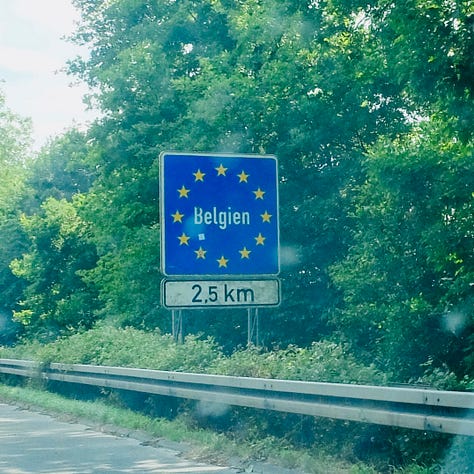
Bastogne: Stars and Steel
Our first stop was Bastogne, a town forever tied to the Battle of the Bulge, and filled with American visitors and hired motorcycles. On its edge stands the Mardasson Memorial, an enormous American star in stone, commemorating those who fought here. Walking its circle, you can feel the weight of tragic history, not just in the endless engravings of names but in the silence.
We visited the museum, then the forest foxholes on the same ticket. We walked through the trees and stood in the many foxholes dug by the Allied soldiers of Easy Company 101st Airborne, to hold off the determined advance on the town. They were made famous by the film Band of Brothers.

In the town square sits a Sherman tank, its armour scarred by shells, but holding its ground as if still guarding the place. After paying our respects, we did something more ordinary: pizza and a Belgian beer in a little restaurant off the square. That balance of the everyday beside the monumental is one of the strangest rhythms of this European journey.
We stayed in a gîte on a working farm, surrounded by cows. The lowing at dusk and the earthy smell of the barn reminded me that life continues, even in places where history has tried its hardest to stop it.
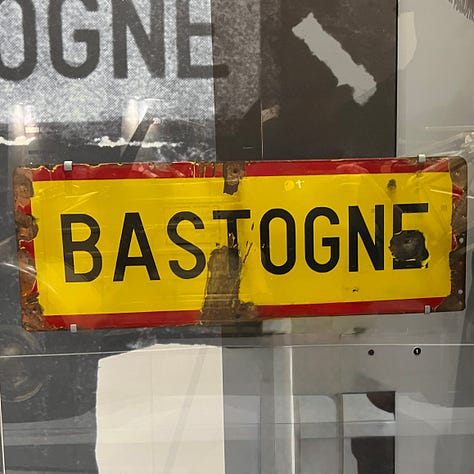
I visited a big family-run bookshop on Bastogne’s main street. They were only too pleased to receive their copy of Salt & Seeds. It now sits among the English-language titles at Croisy Bookshop in Bastogne.
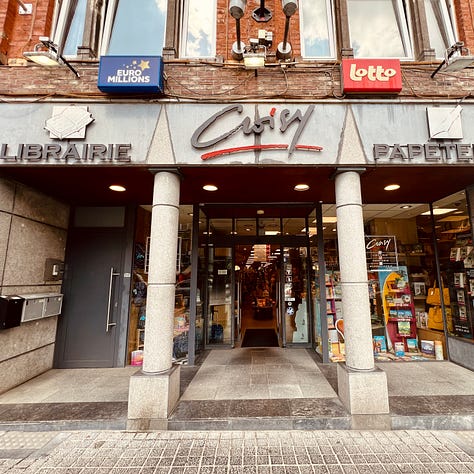

Ypres: Gates and Graves
From Bastogne, we drove north-west to Ypres, a beautiful town full of life, bars and eateries. But shadowed by the First World War. The Menin Gate is almost overwhelming in its scale; the Last Post is sounded there every evening at 8 pm. This tradition has been kept since 1928, apart from during the German occupation in WW2. The Gate’s white walls are carved with the names of the missing. Among them, I found “J Raw”, who is undoubtedly a relative. As my family originate from the Yorkshire coast village of Raw and the soldier was in a Yorkshire regiment. The initial J is also a theme through many decades of John and James Raws. Seeing my family name etched in stone among the lost made the war’s reach feel even closer. I really should look into my family tree more when I get time.

I saw the same name again at the Tyne Cot Cemetery, the largest World War 1 Commonwealth cemetery in the world. The final resting place of over 11,900 Commonwealth servicemen, primarily from the battles around Ypres, and also features Tyne Cot Memorial to the Missing, commemorating over 35,000 soldiers with no known grave. Some headstones lie above former German bunkers, which remain as part of the cemetery design. It is a very moving and grounding place surrounded by fields and poppies.

We stayed the night at a wonderful B&B near Ypres, run by Hilde. Her warmth, the generous breakfast, and the well-stocked fridge were a comfort after days of heavy remembrance. From our window, I could watch horses grazing opposite, while her lovely dog added a homely new friend to play with. These small kindnesses softened the edges of all the monuments.


Beselare: The Witches
Not far from Ypres lies Beselare, known as the “witches’ village.” We visited an exhibition dedicated to the local folklore of witchcraft. Unlike the dark fear that drove the wretched witch trials in Quedlinburg, the displays here carried a sense of cultural memory. Stories kept alive and rightly valued, rather than condemned by ignorance. It was well done and involved all generations of the community. The “Witch Parade” is held every seven years, and the next will be in 2027. A time for folklore to be celebrated, as it should be.

Passchendaele: Shadows
We decided to spend half a day at the Memorial Museum of Passchendaele 1917, dedicated to one of the war’s bloodiest battles (half a million casualties in 100 days). Outside, the grounds were peaceful. A collie dog with only two working legs was bounding about happily, in a small, specially designed wheelchair. A man was fishing in the park’s main feature, a well-designed lake scattered with waterlilies, with turtles (or terrapins) basking among them, and an abundance of blue dragonflies. But inside the museum, the mood shifted. Racks of rifles, artillery shells, and improvised close-quarters weapons set the scene. Entering reconstructed trenches, damp and claustrophobic, drove home just how brutal life was here.

In a darkened room stood an art installation: “Falls the Shadow”, by Koen Vanmechelen. Arms rising out of the ground, reaching, grasping, pleading. It was haunting, a physical echo of all the men swallowed by mud and fire.

Zonnebeke: One Last Book
Before leaving Belgium, I donated a copy of Salt & Seeds to the Public Library of Zonnebeke, with thanks to the kind librarian Bert Acket.

We then packed the bags, had one last look around Ypres, and drove back into France, and onto the ferry at Dunkirk, headed for Dover. It was a thankfully smooth crossing.
The next leg would be London. Then up north to Scotland and west to Ireland.
Leg 12: England – Leeds, Whitby, Robin Hood’s Bay & London
After crossing the Channel from Dunkirk to the white cliffs of Dover, we made our way north through familiar roads. My Euro Book-Trek was now doubling back towards Scotland and Ireland, but not quite yet. There were still stories to tell and books to place here in England, along with a chance to restock and see family.

We stopped first in Hull for a short breather. Grokkist Press had ordered more copies of Salt & Seeds to be delivered to me, and Sara’s brother Paul (my brother-in-law) was preparing to emigrate to the States, so a family visit felt important. My first call in the Hull area was at Hessle Bookshop, where Lucy, the bookseller, kindly took three copies. There’s a particular satisfaction in seeing your own book find a home on the shelves near your hometown.
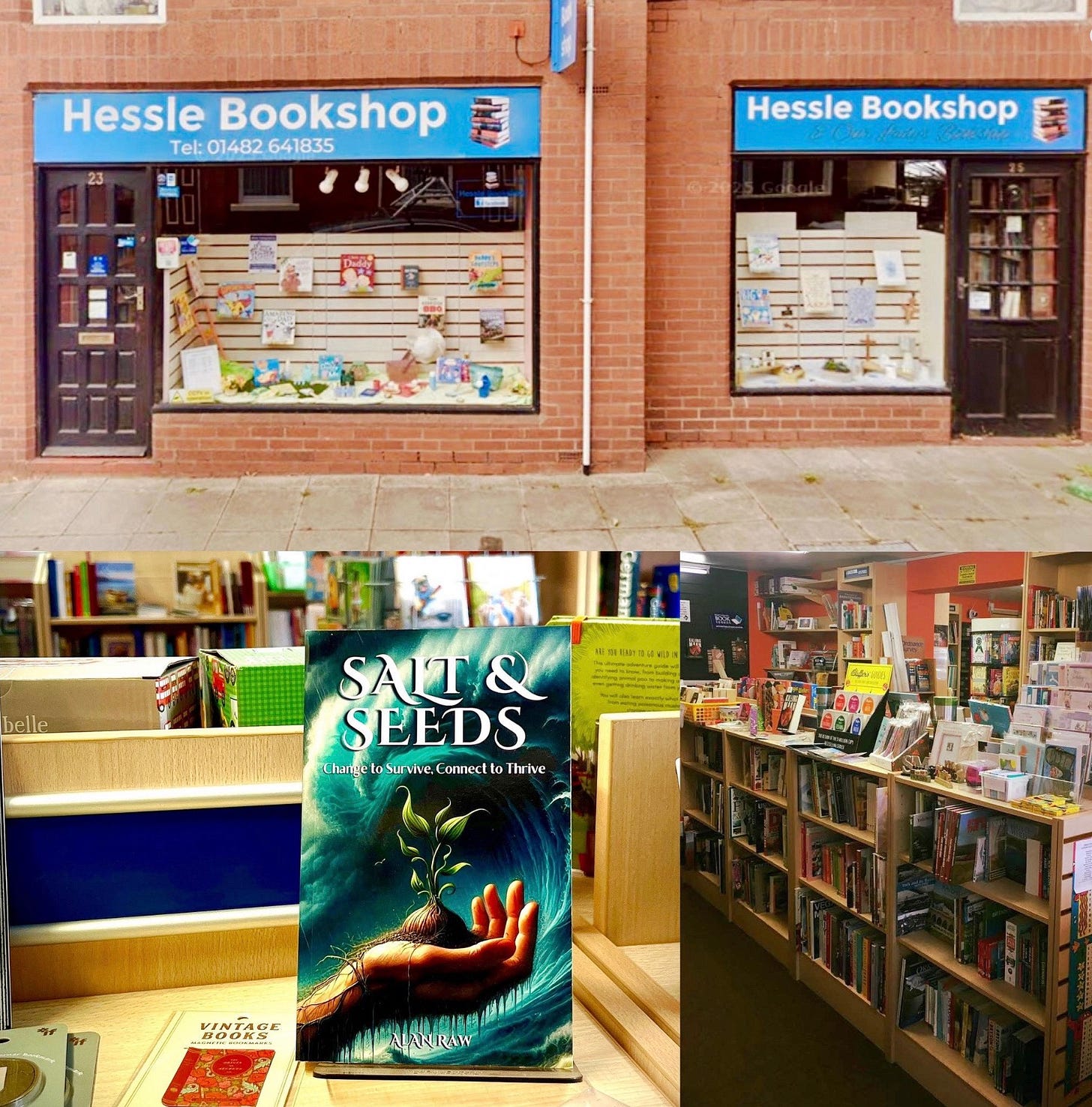
In Hull itself, Salt & Seeds is available in the city libraries, where it has been long-listed for the James Reckitt Children’s Book Awards. It was nominated by Hull Central Library for young people in Key Stage 3 education. It’s also in youth centres, as Hull Children’s Services purchased copies for all of their reading spaces.
I also dropped in at Writers@, in Manor Farm pub near Willerby. It’s my favourite place to be on a Monday morning. This small and inspiring writing group has become a vital part of my creative support network. I first met them when I was invited by family friend and author Judy Westoby, to interview them for BBC Radio. Since retiring from the BBC, I have become a regular member myself. It’s run by Carol Ann Kerry-Green, an accomplished fantasy author who has guided and encouraged many writers to develop and share their work. If you’re in the area and write a bit, just drop in at 10am on a Monday morning; we are in the back room, reading to each other, and getting feedback.
Soon after returning, I finally had the chance to meet Danu from Grokkist Press, my New Zealand–based publisher, who was visiting England and staying with members of the Grokkist Network in Leeds. I had to take the opportunity to meet him in person, and was warmly hosted overnight by friends Simon and Avalon, where we played board games, shared a delicious home-cooked meal, and visited the Yorkshire Sculpture Park, a place where landscape and art meet perfectly. There was a room with a table filled with children’s books about climate change. I particularly liked Flooded by Mariajo Ilustrajo. Like me, Simon and Avalon are sustainability practitioners and musicians, so we have very similar interests and values. Their own bookcase was packed with fabulous titles. It felt like time with kindred spirits.

Danu then agreed to let me take him for a drive, so a couple of days later, I picked him up from Leeds and headed to the home of the Salt & Seeds story: Whitby, on the North Yorkshire coast. The ruined Abbey, which is sketched in the front of my book, loomed above the town as timeless as ever. We explored the museum, church, and clifftop before descending the long steps into the old streets, where we found the smell of chips with salt & vinegar, and doughnuts. The shops are filled with sugary treats, handcrafted gifts and local jet-stone jewellery. The history is seeps from every alleyway, with fine old pubs, monuments to Captain Cook, and the famous Whalebone Arch.


At Halmans Books, Whitby’s oldest bookshop and former library, we had arranged to meet Angela, the bookseller, who welcomed us both, author and publisher, with genuine warmth. She placed Salt & Seeds in the front window and added more copies to the shelves inside, beside Bram Stoker’s Dracula and The House in the Woods by my old friend Yvette Fielding. The symbolism wasn’t lost on me. Whitby has always been a place where the gothic and the visionary intermingle, and Stoker has long been one of my favourite writers. Childhood trips to Whitby with my family band often included visits to the Abbey and the bookshops that fed my imagination. I intend to visit the Stoker family grave and his old haunts at St Michan’s, Dublin, later in this Book-Trek.

Before leaving, we stopped at a Whitby Folk Week event in the Spa, where my family and I have performed many times since the 1970s. I still have my old performer’s pass from 1984. My mother was an author but was best known as a singer-songwriter, a reminder that storytelling takes many forms.
Before the light completely faded, I took Danu to Robin Hood’s Bay, another Salt & Seeds location. We bought old-fashioned sweets, walked the beach as the tide crept in over the rock pools, and we talked until dark. Then I drove him back to Leeds and returned to Hull. It was a long round trip in a single day, but the conversation made it fly by.

The next destination was London, where I had been invited to speak and facilitate at RSA House (The Royal Society of the Arts) for their Open House Day. My session explored how space technology can enable sustainability on Earth, and I answered questions about speculative fiction and Salt & Seeds. Afterwards, I met Anna, the RSA Librarian, who graciously welcomed Salt & Seeds into their new fiction collection, a genuine honour.
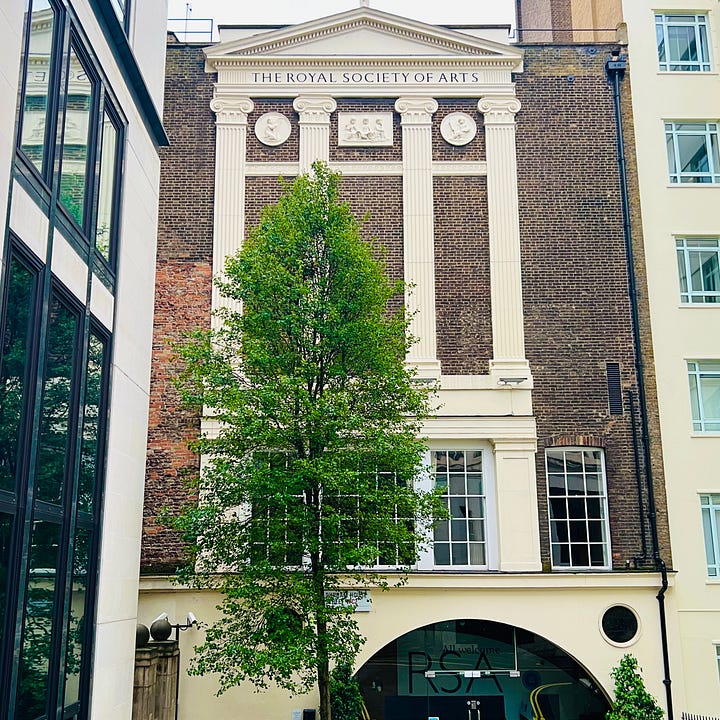

Before leaving the city, I visited The London Book Barge – Word on the Water, the famous floating bookshop on a 1920s Dutch barge moored at King’s Cross. With a stage for live music on deck, it felt like stepping straight into a scene from my novel. Salt & Seeds itself is a solarpunk odyssey set aboard a Dutch climate research boat, complete with converted barges and musicians playing traditional sessions on deck. A big thank you to Paddy, who purchased a copy and gave my book a home on board.



With that, England rejoined the map of my Euro Book-Trek, the place where the story had begun and where new chapters were already forming. Next, I would head north again to collect Sara and Harrison, and continue our journey to Wigtown, Scotland’s book town, ahead of the final leg in Ireland.

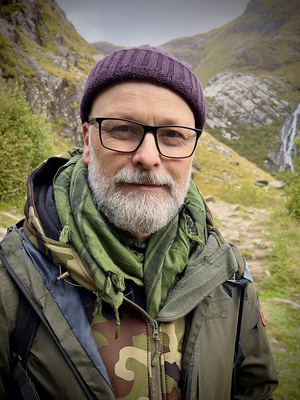




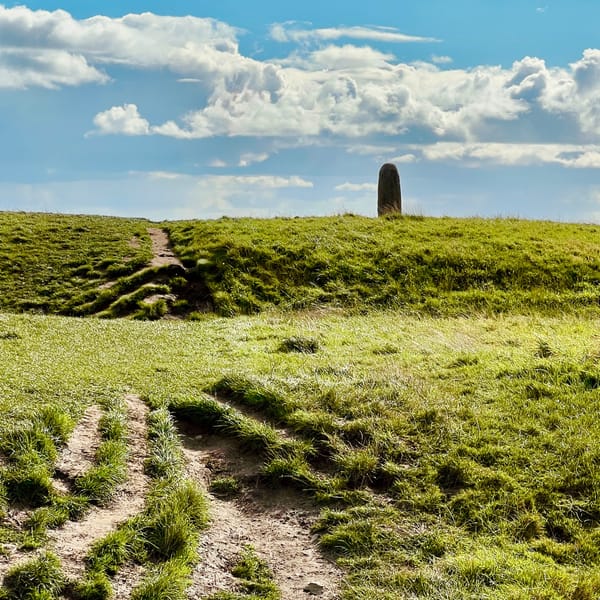
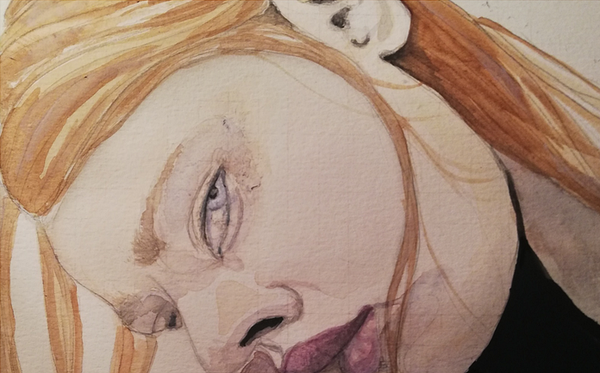
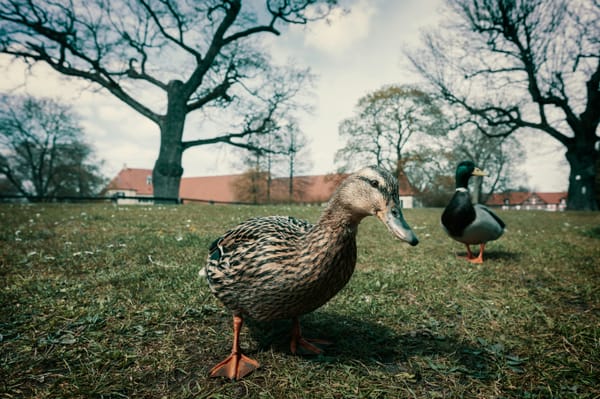
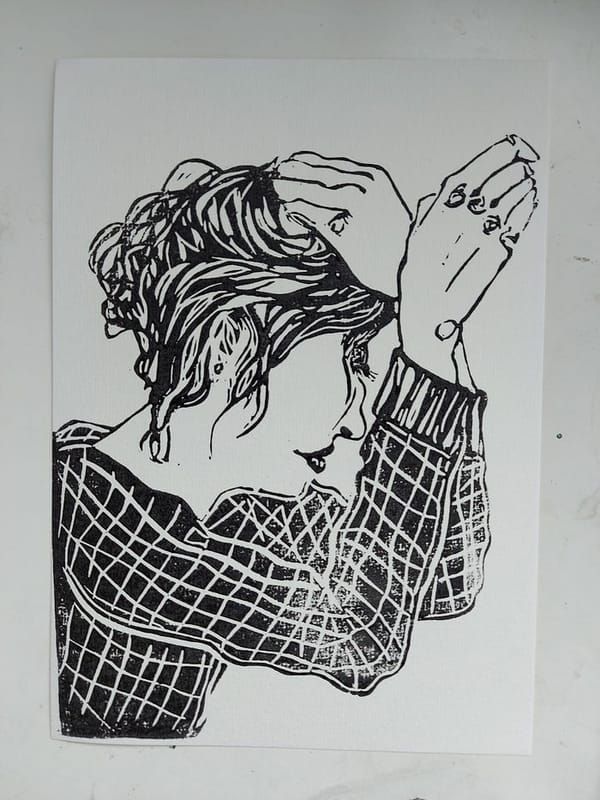
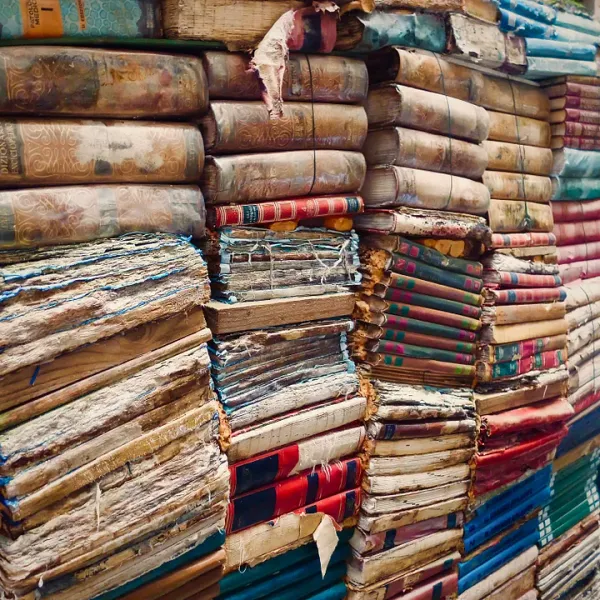
Member discussion